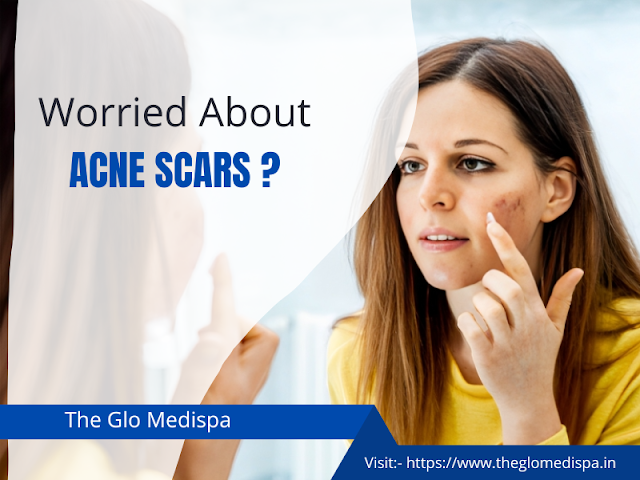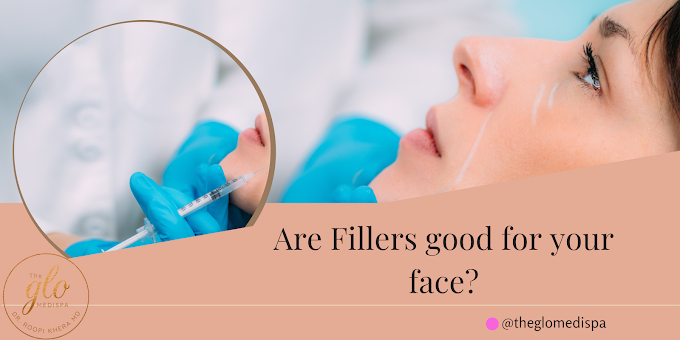Getting rid of acne is the first step one needs to take towards clear skin, as most individuals deal with some scarring afterwards. Luckily, not all scars are permanent. Identifying the type of scars one has and finding the proper treatments can significantly reduce their appearance.
To provide one with helpful information, Dr. Roopi Khera explains the different types of acne scars and how to treat them. She is a leading dermatologist at The Glo Medispa Clinic, who is known for providing the best Acne Scar Treatment in Ludhiana. Keep reading to learn more.
What are Acne Scars?
Acne scars are permanent marks or indentations on the skin that can develop after an acne breakout. They can form due to severe or prolonged acne, such as cystic acne or nodular acne, but can also occur from milder forms of acne.
The Common Types of Acne Scars
There are a number of different types of acne scars, and it can be helpful to identify what kind of scar one is experiencing when it comes to acne scar treatment options. Here are the most common type of acne scars as below:
Atrophic scars: These are indentations or depressions in the skin caused by tissue loss. They can be shallow or deep and are often the result of severe acne that damages the underlying skin tissue.
The three different types of atrophic scars are as below:
Boxcar Scars: Boxcar scars create an uneven and pitted appearance to the skin. This scar is like a round or oval depression having steep vertical sides. It is caused by the loss of tissue on the skin when an inflammatory acne breakout destroys the collagen.
Ice-pick Scars: The skin appears sharp as if an ice-pick object pierced it. This form of scar develops when skin tissue is damaged due to infection from a cyst or other deeply inflamed skin, and it creates a small, thin, deep hole into the skin that looks like a huge pore.
Rolling Scars: If the skin has rolling or wave-like scars, one likely has rolling acne scars. These scars result from chronic inflammatory acne, and with age, the skin loses its natural suppleness, making them more noticeable.
Hypertrophic and keloid scars
Hypertrophic scars: These are raised, thickened scars that form when the body produces too much collagen during the healing process. They can be caused by severe acne or by picking at acne lesions.
Keloid scars: These are similar to hypertrophic scars, but they extend beyond the boundaries of the original acne lesion and can be much more significant. Keloid scars are common in individuals with darker skin tones.
Also Available In Gurgaon City - Acne Scar Treatment in Gurgaon
Treatment Options For Patients With Acne Scars
Acne scars can be emotionally distressing and can affect a person's self-confidence. Fortunately, various treatments are available to help reduce the appearance of acne scars, including microneedling, chemical peels, laser resurfacing, TCA CROSS, PRP, GFC therapy, plasma therapy, fibroblast therapy etc. At The Glo Medispa Clinic, the acne scar treatment the experts choose depends on the type of scars one has and the skin type. The two most effective ways of treating acne scars with lasers are ablative and non-ablative resurfacing. Ablative resurfacing helps to eliminate the outermost layer of the skin and treats deep scars whereas non-ablative resurfacing produces new collagen and heats up the cells in the dermal layers.
To avail the benefits of these acne scar treatments, consult Dr. Roopi Khera, the Best Dermatologist in Ludhiana at The Glo Medispa Clinic.
Original Source:- https://medium.com/@theglomedispa589/different-types-of-acne-scars-and-their-treatment-discussed-by-expert-dermatologist-d511ff45c04c
.png)


.png)



.png)
0 Comments